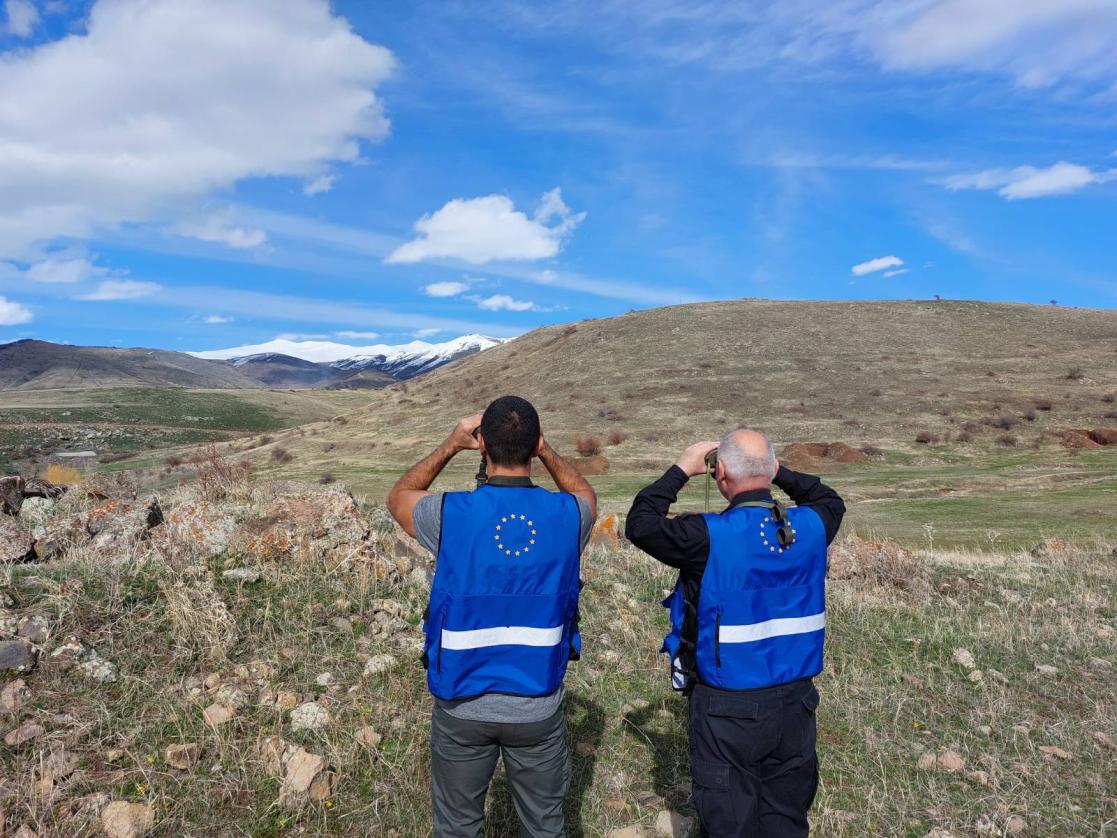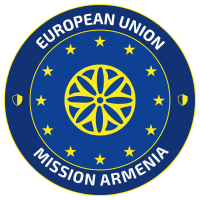Q&A on the EU Mission in Armenia / EUMA
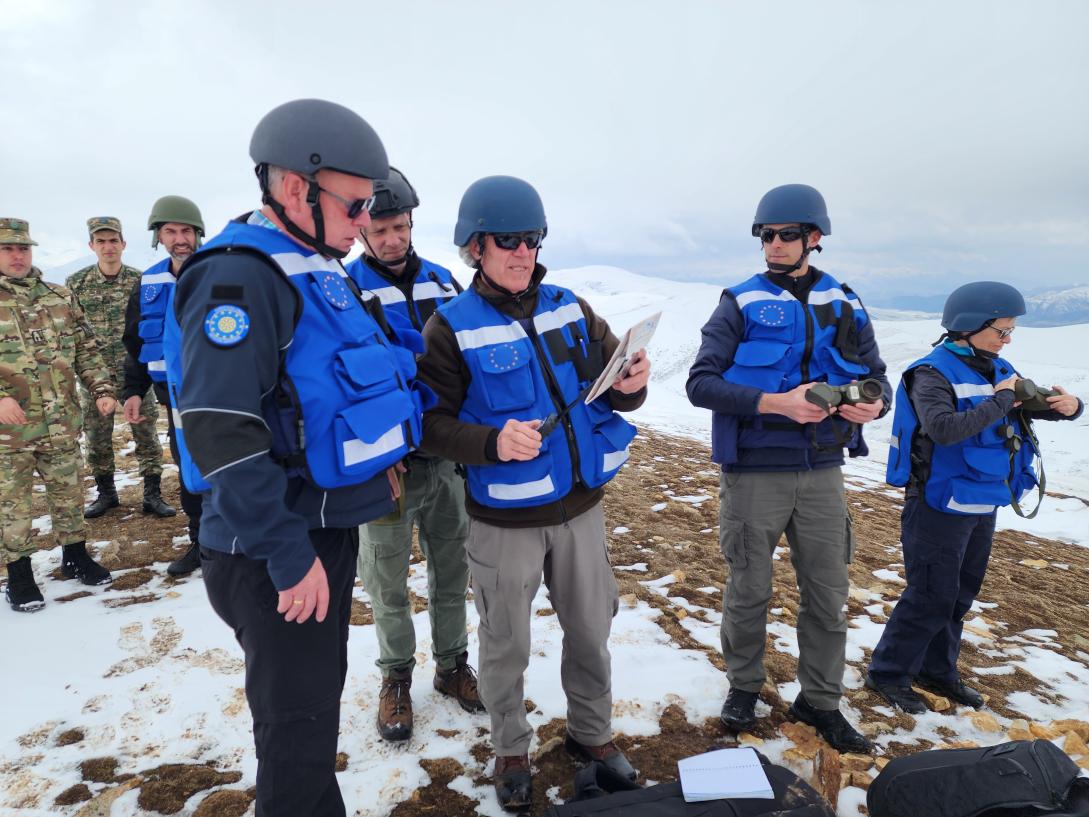
- What is the mandate and the size of the mission?
The EU Mission in Armenia (EUMA) represents a new phase in the EU’s engagement in the South Caucasus. EUMA is a civilian mission that observes and reports on the security situation on the ground, contributes to security of the people in conflict-affected areas in Armenia and contributes to build confidence on the ground.
Through its presence, EUMA also contributes to ensuring an environment conducive to the normalisation efforts between Armenia and Azerbaijan supported by the EU.
The Mission was established on 23 January 2023. It has a two-year mandate and will involve around 100 staff from EU member states. It became operational on 20 February 2023 and will reach full operational capability and staffing levels by the summer.
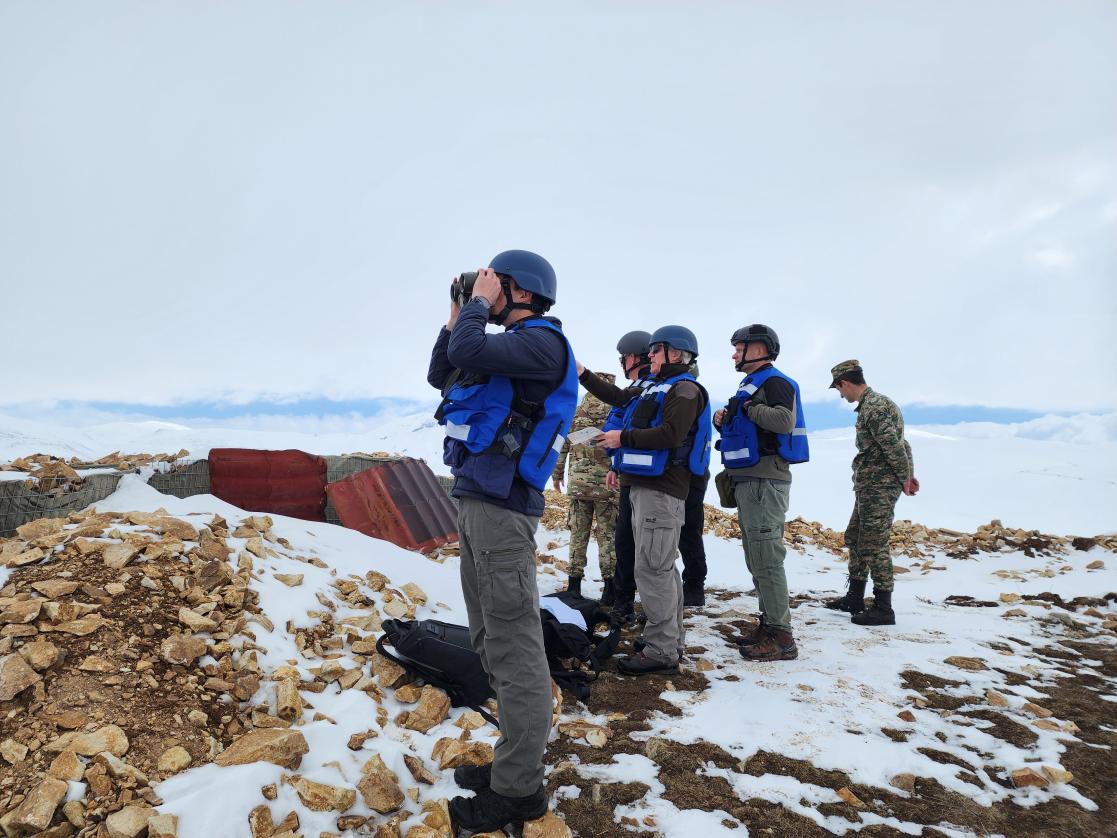
- Why did the EU establish EUMA?
The EU established EUMA in response to an official request made by the Armenian authorities in December 2022 to deploy a full-fledged EU civilian mission on the ground. This deployment follows the successful experience of the EU Monitoring Capacity (EUMCAP) deployed on the Armenian side of the Armenia-Azerbaijan border between 20 October 2022 and 19 December 2022. EUMA also supports the EU’s efforts to promote peace process between both sides.
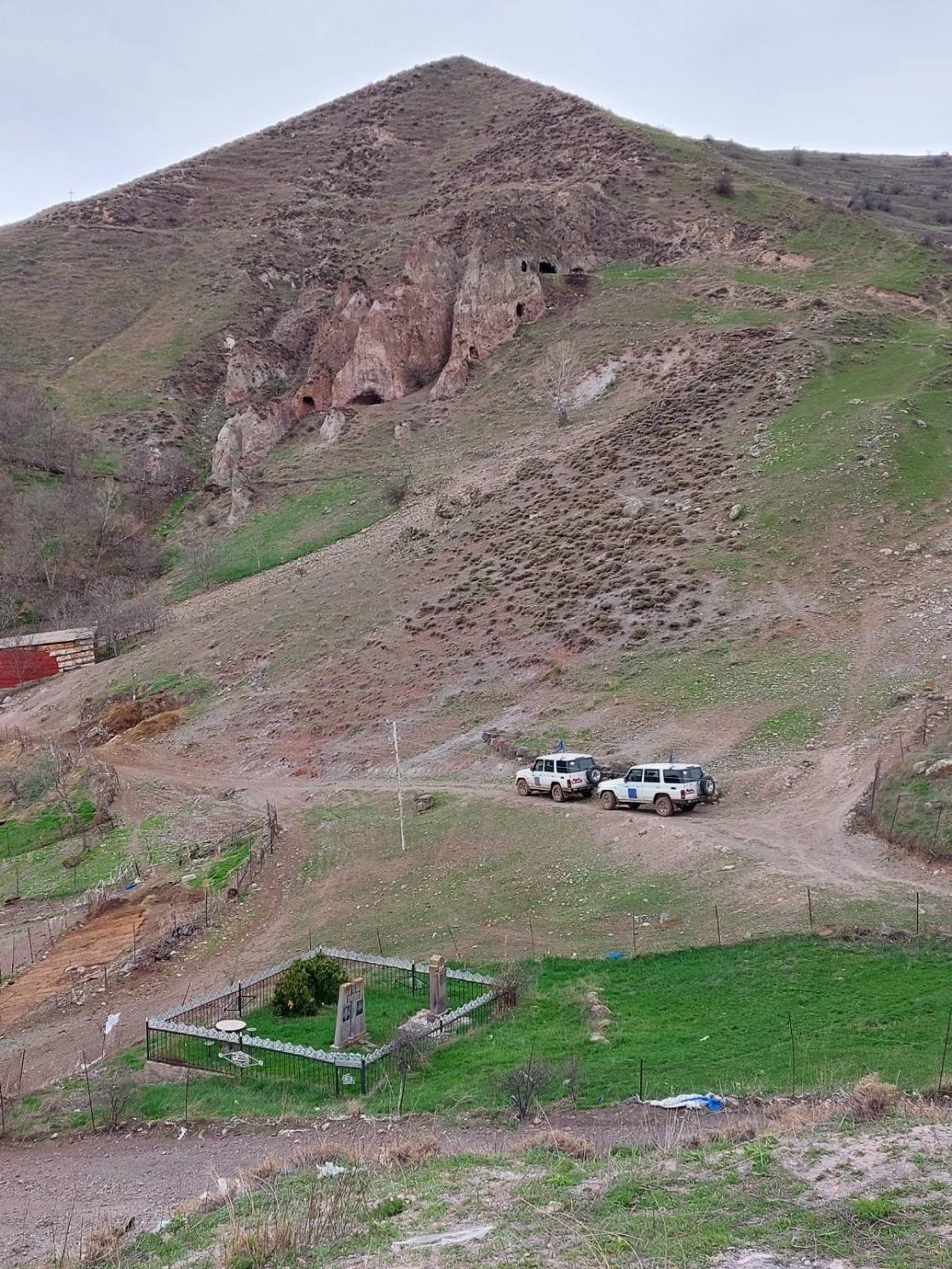
- Where is EUMA deployed?
EUMA is deployed in several locations across Armenia’s territory, in regions bordering Azerbaijan. Its area of operation covers the entire length of the border with Azerbaijan, including the Nakhchivan section.
EUMA has its headquarters in Yeghegnadzor, and several field offices across Armenia, as well as a small liaison office in Yerevan.
EUMA patrols cover some 3800 km each week with an average 3-4 patrols per day setting out from six forward operating bases, located throughout Armenia. The Mission aims to increase the rate of patrolling as the Mission reaches full operational capability by this summer.
Given the considerable size of the mission’s Area of Operation, which covers the entirety of Armenia’s border with Azerbaijan, the Mission - with the resources it has at its disposal - is not in a position to witness every incident that takes place along the border. The Mission aims to visit the sites of these incidents as soon as the security situation allows. It then reports on these incidents on the basis of open-source information and information provided by credible witnesses. The reports by EUMA are restricted reports for the EU Headquarters.
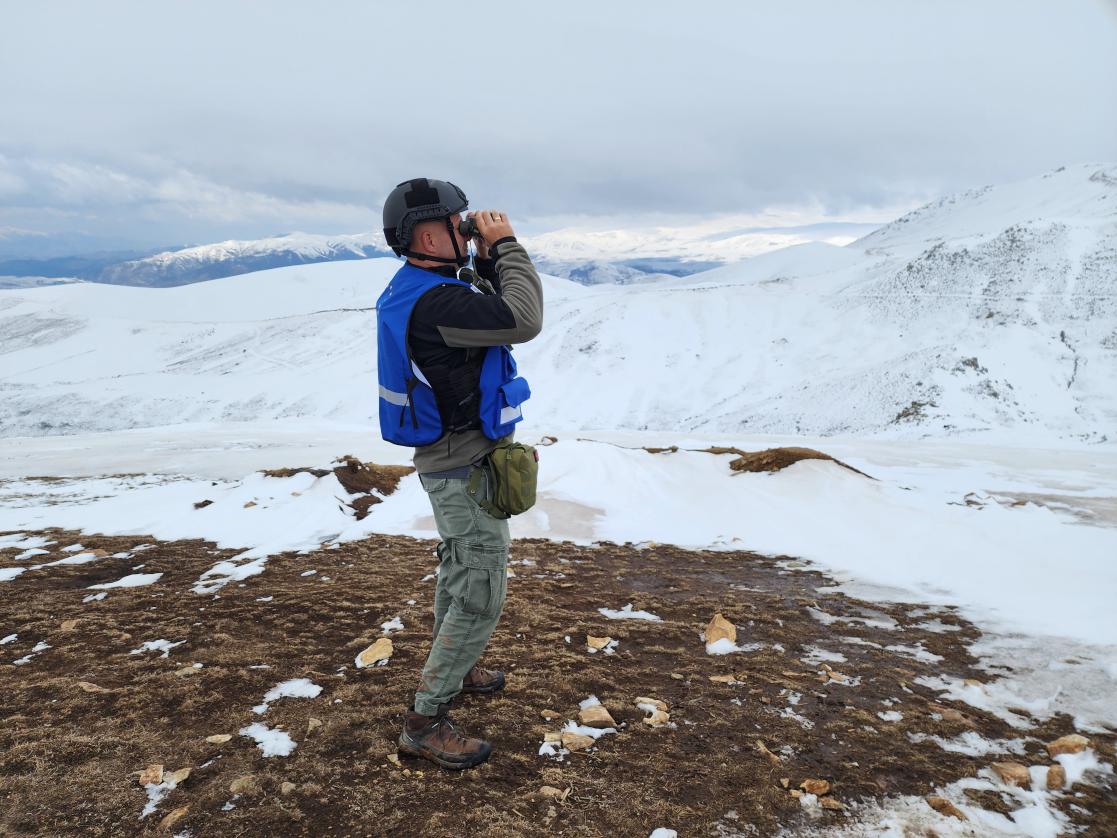
- Is EUMA a civilian or a military mission?
This is an exclusively civilian mission, comprising of approximately 100 civilian staff, including around 50 unarmed observers. It is run from EU civilian missions headquarters in Brussels. The entire chain of command is civilian. The Head of Mission, Markus Ritter, is a senior civilian police officer, with considerable experience of EU civilian missions, having served as Head of Mission EUAM Iraq from 2017-2019 and in many other EU civilian missions before that. Prior to joining EUMA, Markus Ritter was the President of the German Federal Police Directorate in Stuttgart.
- Did Azerbaijan agree with the establishment of EUMA? Did Azerbaijan agree to cooperate with EUMA?
This is a mission launched in Armenia in response to a request by Armenia.
Nevertheless, the EU has been in regular contact with Azerbaijani authorities, at all levels, on the establishment of this mission. The EU communicates with Azerbaijani authorities through high-level diplomatic and political engagement undertaken by European Council President Charles Michel, EU High Representative, Josep Borrell, and EU Special Representative for the Caucasus, Toivo Klaar.
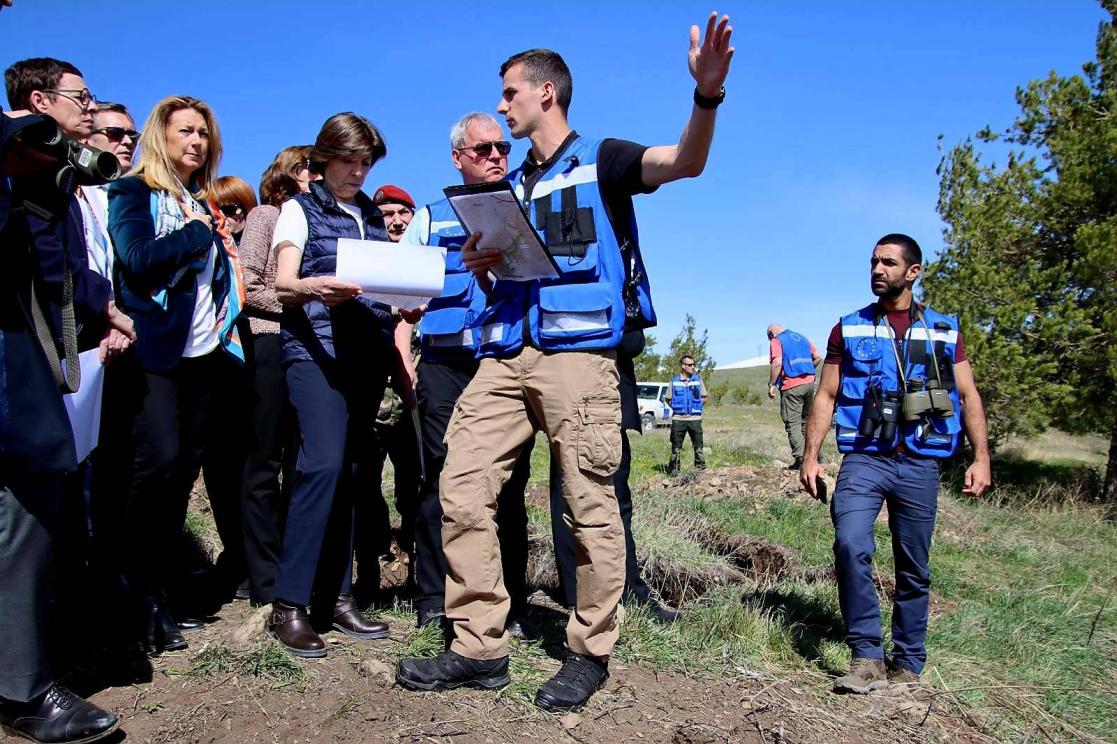
- Will EUMA patrol some specific areas such as the Azerbaijani enclaves and exclaves in Armenia?
The mandate of the Mission covers the Armenian territory along the entire length of the Armenia-Azerbaijan state border, including its northern section, where several Azerbaijani enclaves are located. For the security and monitoring reasons, EUMA interacts with the Armenian authorities on our activities and inform the Azerbaijani side about the movement of our monitors before patrols take place.
- Who does EUMA report to?
EUMA reports to Civilian Mission Headquarters in Brussels which is part of the European External Action Service (EEAS) and through the EEAS to the EU Member States. The mission remains in regular close contact with the EU Delegation to Armenia as well as EU Special Representative Toivo Klaar. It regularly engages with Armenian Authorities in Armenia.
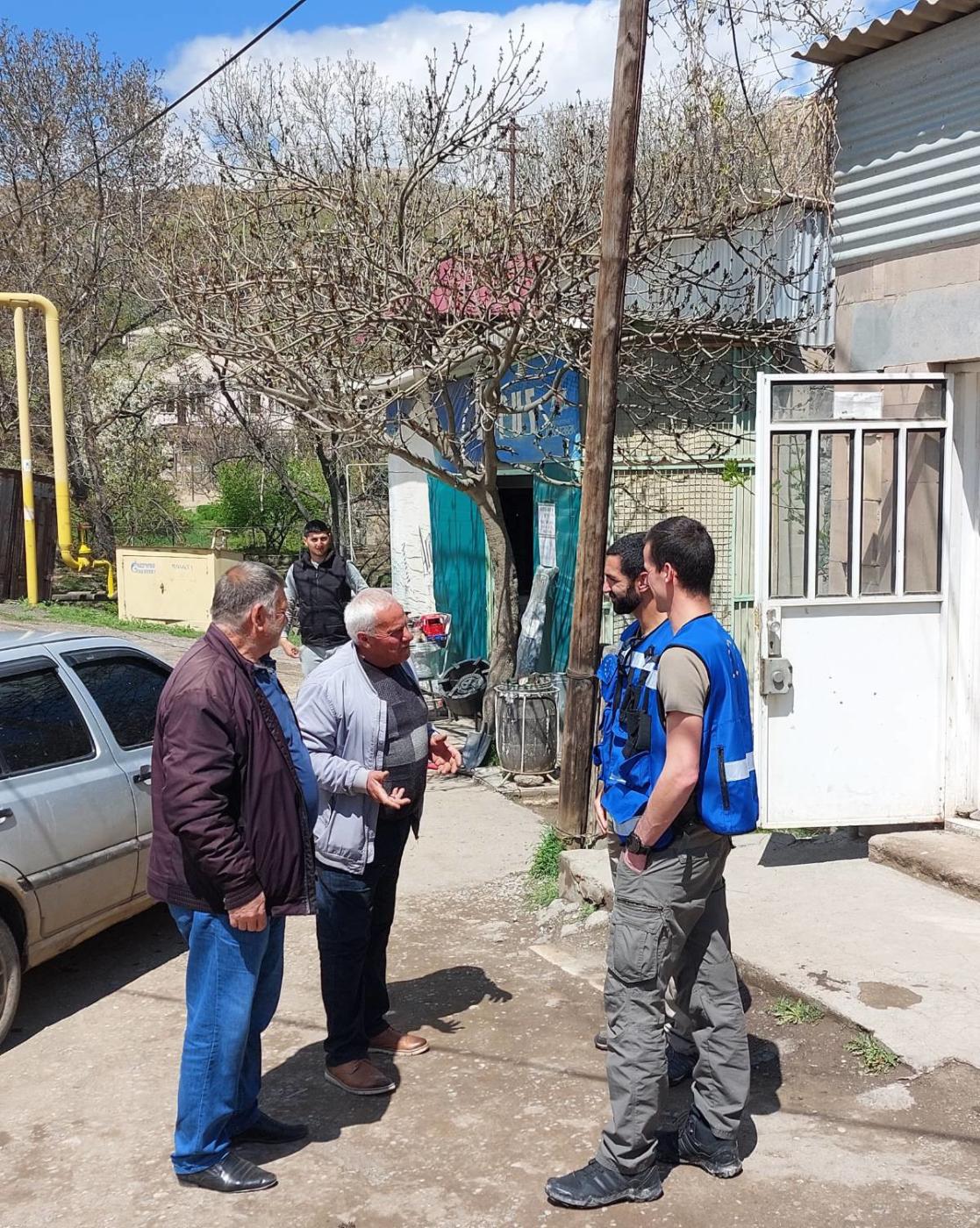
- Is EUMA expected to play a role in Karabakh and the Lachin corridor?
EUMA is exclusively deployed and operating within the internationally recognised territory of Armenia. The Lachin corridor itself is therefore outside of the area of responsibility of EUMA but the mission does observe the entrance to the Lachin Corridor from Armenian territory.

- What is the difference between the EUMA and the EUMCAP?
EUMCAP was a temporary and immediate effort by the EU in response to an initial request by the Armenian authorities that followed the escalation on the Armenia-Azerbaijan border in September 2022. EUMCAP was established as a follow-up to the agreement between Prime Minister Pashinyan of Armenia, President Aliyev of Azerbaijan, President Macron of France and the President of the European Council Michel during their joint meeting in Prague on 6 October 2022. In line with this agreement, EUMCAP was deployed for a maximum period of two months and was staffed with personnel temporarily deployed from EUMM Georgia. Its mandate was to monitor the situation on the Armenian side of the internationally recognised border between Armenia and Azerbaijan in order to support confidence building between the two countries, and allow the EU to better support the work of Armenia’s and Azerbaijan’s national border commissions.
EUMA’s mandate is longer and broader, its size is bigger. It was established in response to a specific request by the Armenian authorities. Its observation mandate covers the entire length of Armenia’s border areas with Azerbaijan and includes human security aspects. It is a full-fledged civilian mission, with experts provided by EU Member States. The Mission is expected to strengthen the EU’s understanding of the situation on the ground, contribute to confidence-building and to the facilitation efforts undertaken in the framework of the process led by the President of the European Council for Armenia-Azerbaijan normalisation.
